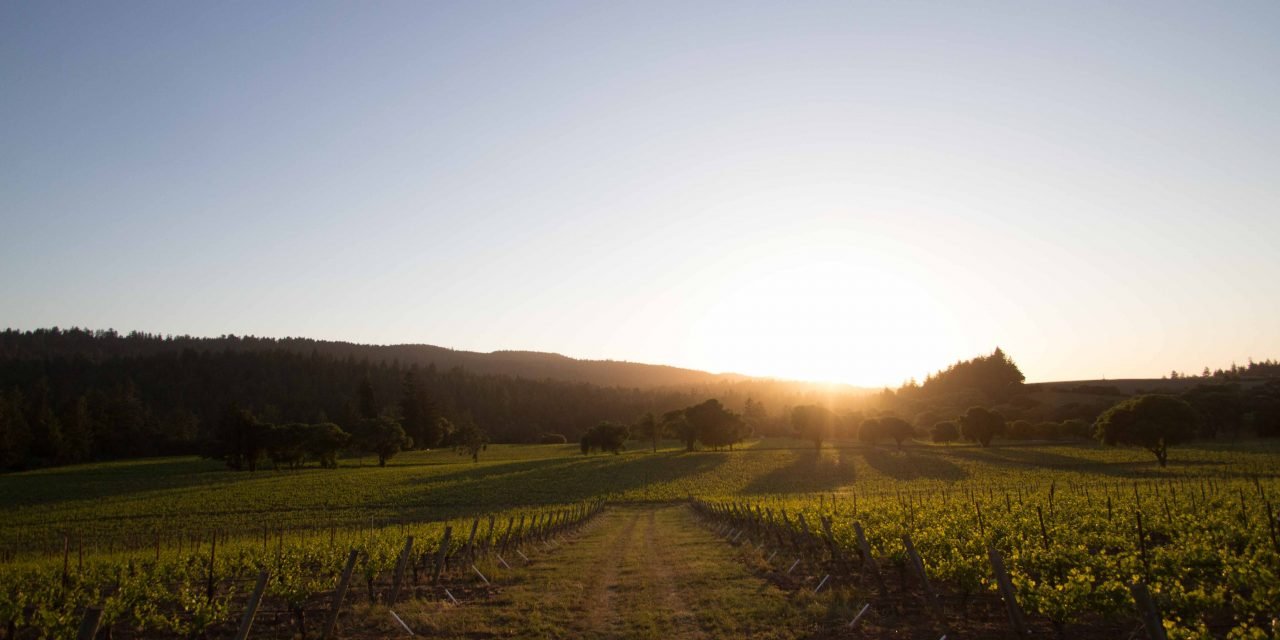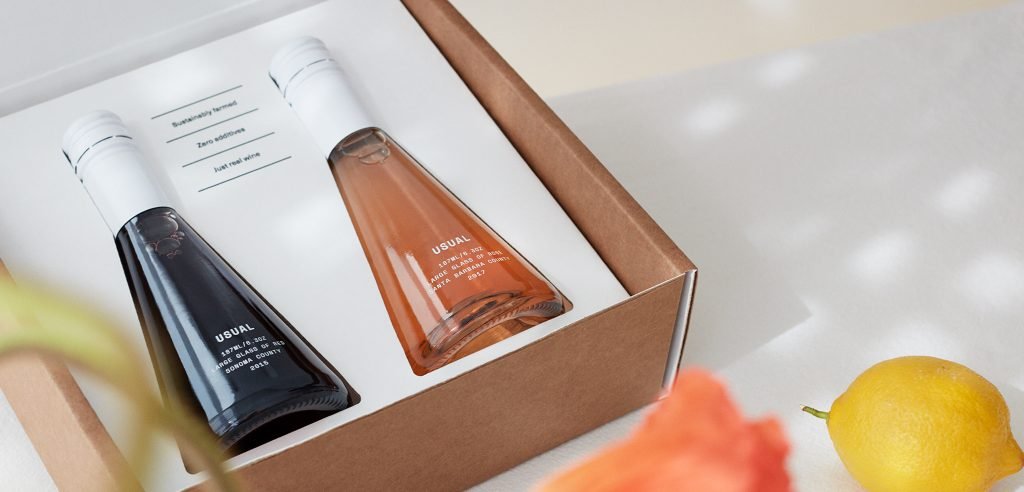
Celebrating Wine All Year Long

Though the calendar says that summer ends with Labor Day, I continue to celebrate and enjoy wines I discovered in spring and summer. One of my discoveries was a delicious, environmentally-friendly and premium-quality wine by Archer Roose—and it comes in a can!
Not only do I enjoy drinking this sustainable wine, I love that it is earth-friendly. With 70% of wine bottles ending in landfills because they’re so difficult to recycle, the Archer Roose recycled aluminum single-serving canned wine eliminates the wasteful act of throwing out half-empty wine bottles–leading to a 60% lower carbon footprint.
Archer Roose also produces Sauvignon Blanc from Chile’s Casablanca Valley, which features a bright nose and a burst of citrus. It’s a versatile wine that can be paired with oysters or savored on its own, just about any time. The cost is gentle: $16.00 for a pack of 4.
The Archer Roose low-cal Rosé Spritz is made with Neapolitan organic grapes with no sugar added and tasting notes of raspberries, lavender & strawberries. The price: $11.00 for a pack of 4.
For a deeper, richer experience, Archer Roose Malbec comes from the high altitude and desert climate of Mendoza, Argentina with flavors of blackberry & cherry. The cost: $16.00 for a pack of 4.
For people like me, who usually consume a single glass of wine with a meal, Usual has a perfect product: a 6.3 oz. serving (1/4 of a full-size bottle of wine) – the kind of pour you only get at a restaurant when the waiter is feeling generous.
It comes in rosé (from Santa Barbara) or red (from Sonoma County). Both are made with no added sugars, sulfates or preservatives.
Usual has a new starter set that allows first-time customers to try a taste of their wines, which are typically available in 6, 12 or 24 packs ($48, $96, $192). Instead, for just $16 you can purchase a 2-pack of their single-pour bottles (a red and rosé) with free shipping.
When I’m serving rosé with lunch or dinner, Long Meadow Ranch’s Anderson Valley Rosé of Pinot Noir is my choice. Not only is it lovely to look at (a brilliant pale pink hue), the aromas jump out of the glass, intermixing notes of strawberry and peach, combined with a floral, spicy core and bright finish.
This rosé is versatile enough to complement different types of food—which allows me to enjoy it with just about any dish I prepare. It’s a prime example of a perfect rosé at an affordable price. 2018 Anderson Valley Rosé of Pinot Noir (SRP $25).
A couple of my friends love California Chardonnay, so when they visit my wine of choice when entertaining them is either Chalk Hill Sonoma Coast Chardonnay (SRP $20) or Chalk Hill Estate Chardonnay (SRP $42).
Chalk Hill Estate has been a leader in Chardonnay since day one when founder Fred Furth first planted vineyards on the property. The winery even developed its own Chardonnay clone with the help of UC Davis and the clone has since been planted all over California.
The grape is beloved around the world; it is the most planted white grape variety.
I like Chalk Hill’s 2017 Estate Sauvignon Blanc (SRP $33), which is blended with a bit of Sauvignon Gris and Sauvignon Musqué in order to add layers of flavors to the wine. All three varieties are grown on the estate and benefit from the vineyard’s aspects and exposure to the sun and wind.
With bright, tropical aromas of grapefruit, lime blossom, passionfruit, and plumeria flower and the crisp, refreshing flavors of nectar, grapefruit zest, honeydew melon, and lime juice, the wine matches beautifully with pasta primavera and lemony chicken dishes.
The most refined wines I’ve tasted recently are two from the Moraga Bel Air Vineyard and Winery: the new 2015 Moraga Red and their 2017 Sauvignon Blanc are the result of a distinctive terroir and the guidance of winemaker, Scott Rich.
The new releases celebrate the vineyard’s 30-year anniversary.
2017 Moraga Sauvignon Blanc
The aromas of the 2017 Moraga White Wine are immediately familiar to anyone who knows Moraga – a bit of peach tossed with melon, citrus peel, honeysuckle, and pineapple, all seamlessly melded into a complex nose. The entry is refreshing and clean, with flavors that accurately mirror the aromas. Texturally, this is an exceptional wine that is rich, round, and voluptuous. The palate finishes with a mouth-watering, persistent sensation.
2015 Moraga Bel Air
Simply put, Moraga’s 2015 Red Wine is delicious. The nose is big and expressive with notes of blackberry, cassis, French plums, cedar, graphite, and tobacco mixed with a bit of rich earthiness and minerality. The palate is rife with black fruits, mineral, red cherry, tobacco, and a hint of black licorice. The entry is round and voluptuous, reinforced by micro-grained tannins that are at the same time velvety and intense. This wine is another in a recent string of truly exceptional red wines.
Both wines are truly unique—because they are produced by a unique wine estate. The fault-line location that has created one-of-a-kind geology, along with Moraga’s proximity to cool Santa Monica Bay and the mild weather that it generates makes for a terroir that exists nowhere else.
Bottom Line: These are not everyday wines; the prices reflect their excellence. The 2017 Moraga White is $115 and the 2015 Moraga Red $175. www.moragabelair.com But for those special occasion, these are wonderful wines to share with people you love.















![Something About Mary Jurek Design [INTERVIEW]](https://luxebeatmag.com/wp-content/uploads/2018/10/Mary-Jurekd-Designs-440x264.jpg)























